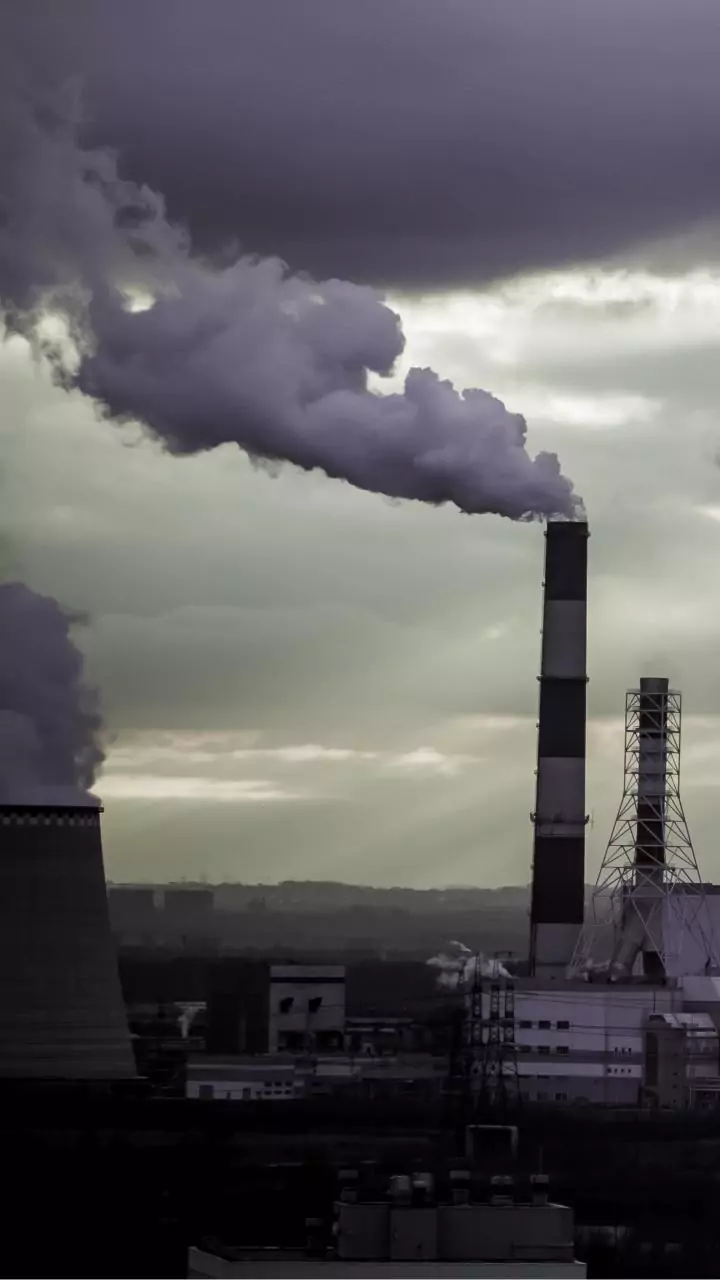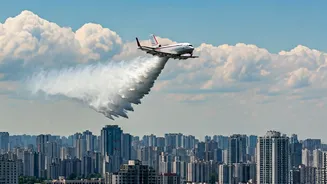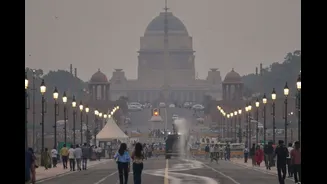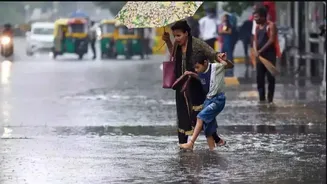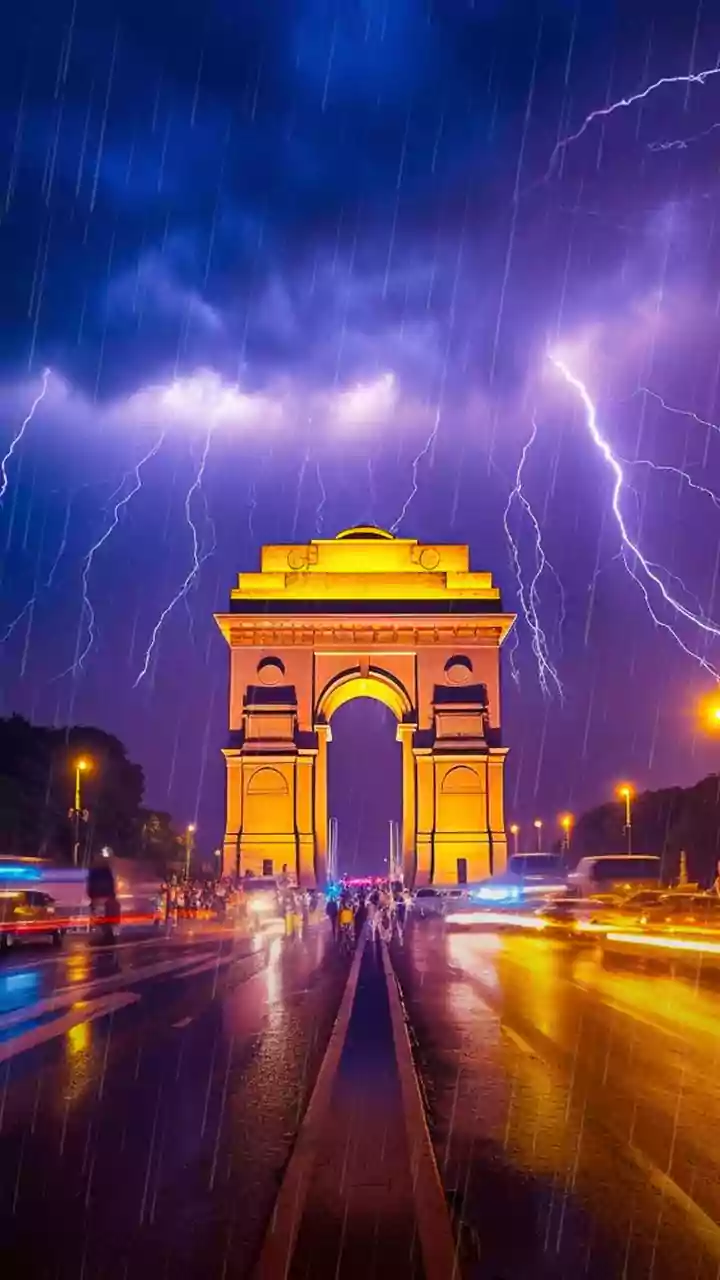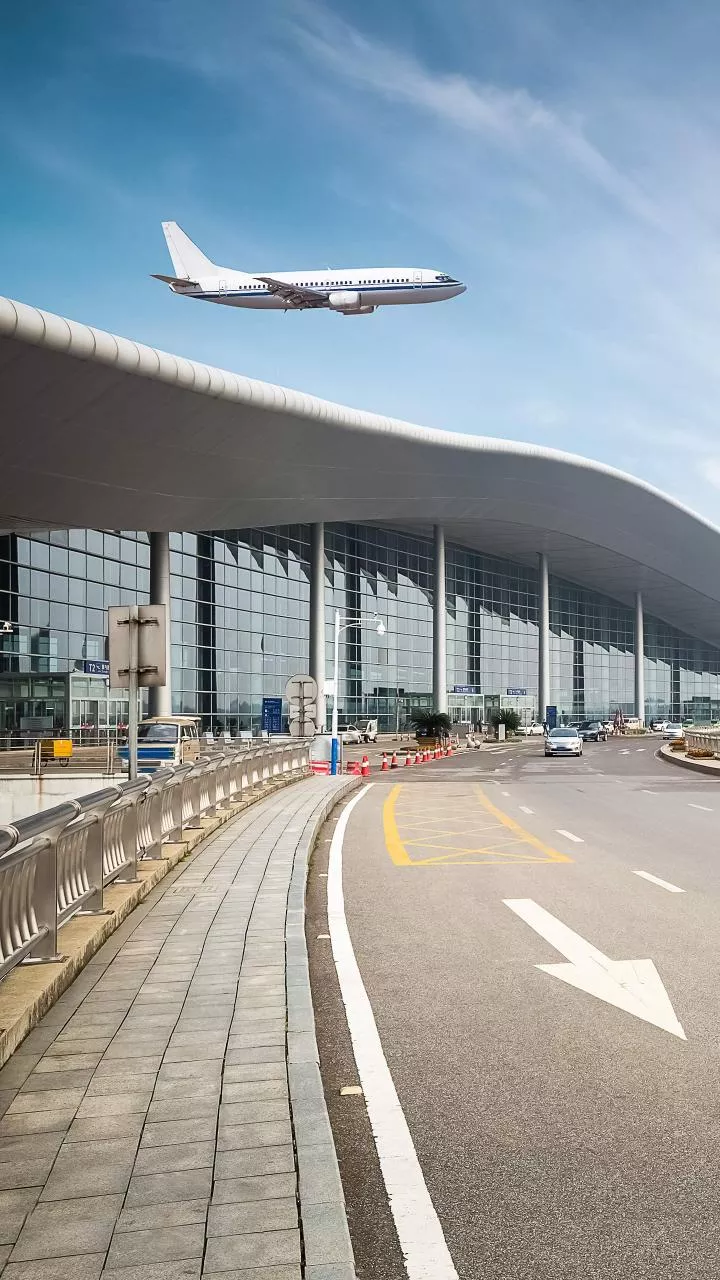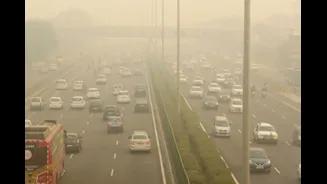New Delhi: On Tuesday, Delhi attempted a key measure to reduce the rising air pollution in the national capital, but it did not yield very fruitful results.
After 53-year gap, Delhi conducted cloud-seeding, even as the weather department did not record any traces of rainfall in the city. Experts believe that while such measures may offer temporary relief if they work, tackling pollution effectively will require addressing the root causes at the ground level. Meanwhile, the Aam Aadmi Party (AAP) mocked the exercise, calling it a tactic to "steal Lord Indra's (rain god's) credit". In collaboration with IIT-Kanour, the Delhi government conducted the trials in parts of Delhi, including Burari, north Karol Bagh, Mayur Vihar, and Badli. After the first trial on Tuesday, Environment Minister Manjinder Singh Sirsa said IIT-Kanpur has opined that rain could happen within 15 minutes to four hours after the exercise. "However, the rainfall won't be heavy since the humidity levels were only at 15 to 20 per cent," the minister added. Officials said rainfall could happen any time between 15 minutes and 24 hours after the cloud seeding, depending on the weather, and there might be rain later at night. The second trial took place later in the day in outer Delhi, covering areas such as Badli. During this exercise, the team fired eight flares into the clouds.
‘Made Small Impact’: Sirsa
The government later said the trials made a small impact, but the IMD did not record any data. The first trial finished by 2 pm on Tuesday, while the second flight took off from Meerut around 4 pm and ended an hour later. In the evening, the government released a report saying that the cloud seeding reduced air pollution where it was carried out, even though the weather conditions were not ideal. The report noted that two light rains occurred — one in Noida at 4 pm (0.1 mm) and another in Greater Noida at the same time (0.2 mm).
"Before cloud seeding, the PM 2.5 level was 221, 230, and 229 in Mayur Vihar, Karol Bagh, and Burari, respectively, which reduced to 207, 206, and 203, respectively, after the first seeding. Similarly, PM 10 level was 207, 206, 209, which got reduced to 177, 163, 177 at Mayur Vihar, Karol Bagh, and Burari, respectively," said the report.
The government said that the moisture content predicted by the India Meteorological Department (IMD) and other agencies remained low at 10-15 per cent, which is not an ideal condition for cloud seeding.
More Trials Ahead
Delhi is planning nine to ten more such trials over the next few days. Since the India Meteorological Department (IMD) reported that the wind is blowing northwards, the team is targeting areas in that direction. Sirsa called the project a major step by the government to reduce pollution. If the trials work, officials plan to continue the effort until February. Sirsa added that if successful, this would be India’s first scientific attempt to lower pollution levels through such methods.
What Experts Say
Environmentalists termed the cloud-seeding trial a short-term measure, saying it may temporarily reduce pollution but fails to address the root causes of the capital's deteriorating air quality. As the Delhi government conducted the exercise on Tuesday, environmentalist Vimlendu Jha called the move a "temporary", "end-of-the-tail" solution that might provide relief for a few days. He advised the government to focus on tackling pollution at the grassroots level, reported news agency PTI.
"Cloud seeding also affects soil and water bodies as chemicals like sulphur and iodide are injected into clouds. Moreover, this approach is city-specific, what about the pollutants coming from neighbouring states?" he asked. Meanwhile, Delhi's air quality showed a marginal improvement with an AQI of 294 ('poor' category) as against 301 ('very poor') recorded the previous day.
The government had conducted a test flight over Burari last week. However, due to low atmospheric moisture of less than 20 per cent, as against the 50 per cent typically required for cloud seeding, rainfall could not be induced.
Cloud Seeding in The Past
Historically, the first cloud seeding trial in the national capital was conducted during the monsoon of 1957, while the second attempt was made during the winter of the early 1970s, according to climate scientist Roxy Mathew Koll from the Indian Institute of Tropical Meteorology (IITM). In 1972, silver iodide particles released from ground-based generators acted as tiny nuclei around which moisture condensed to form raindrops, according to an IITM report.
(With Agency Inputs)


